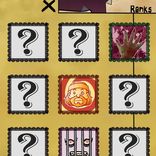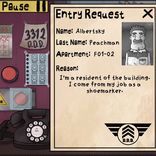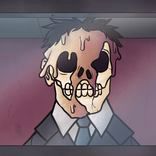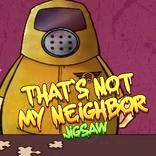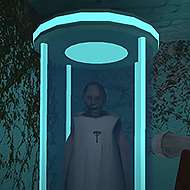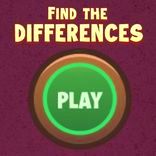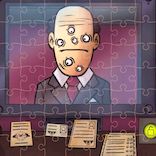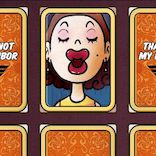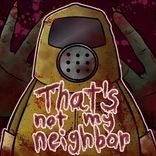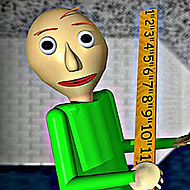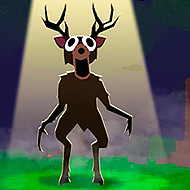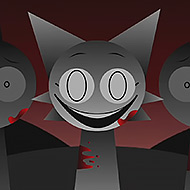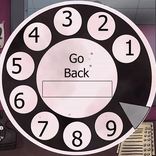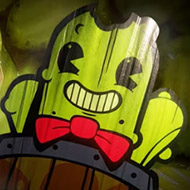
That’s not my Neighbor Indie Horror
 Fullscreen
FullscreenIn the domain of independent horror gaming, where the borders between reality and the bizarre merge into a chilling tapestry of dread, That’s Not My Neighbor stands out as a haunting masterpiece that enthralls players with its eerie ambiance and spine-tingling story.
Created by a small team of committed developers, this game plunges users into a reality where every squeaking floorboard and flickering light harbors the potential for terror.
Located in an unremarkable suburban area, the game immerses users to the perspective of a protagonist who starts to observe unusual happenings in their formerly tranquil community. From the exterior, everything seems ordinary, but as night descends, the facade of normality collapses, exposing a sinister underworld brimming with malevolent entities.
Revealing the Chilling Depths
What distinguishes That’s Not My Neighbor is its focus on psychological terror, utilizing subtle hints and environmental narrative to instill dread in players. The audio layout, particularly, plays a vital role, with each muted murmur and remote shuffle heightening tension to unendurable levels.
As players traverse the maze-like corridors of their neighbor’s residence, they encounter challenges that assess both their intellect and determination. These challenges are not merely hindrances to progress but essential elements of the story, each unveiling a fragment of the ominous reality lurking beneath the surface.
The game’s adversary, the mysterious neighbor, is a figure enveloped in secrecy, his intentions obscured by layers of mystery. Through fragments of discovered records and cryptic messages inscribed on walls, players gradually assemble the puzzle of his identity, all the while recognizing that the truth may be more horrifying than they can fathom.
A Plunge into Independent Horror Gaming
That’s Not My Neighbor is not content to rely solely on sudden frights and excessive violence to evoke fear. Instead, it constructs an experience that persists in the mind long after the game ends, leaving users questioning their own understandings of reality. Every silhouette becomes a menace, or every seemingly harmless noise sends shivers down the spine.
The game’s visuals are equally remarkable, featuring a simplistic art style that accentuates the sensation of isolation and desolation. The manipulation of light and shade creates an atmosphere of impending doom, with each flickering light bulb casting elongated, twisting shadows that seem to ensnare the player.
In a genre flooded with clichés and anticipated scares, That’s Not My Neighbor shines as a symbol of originality and creativity. It eschews traditional horror tropes in favor of a more cerebral approach,prompting gamers to confront their profound apprehensions in a realm where nothing is as it appears.
Essentially, the game is a tribute to the influence of independent gaming in challenging limits and reshaping the essence of terror. With its engrossing ambiance, thought-provoking plot, and spine-tingling gameplay, it illustrates that true terror lies not in the monsters lurking in the darkness, but in the shadows of our own mind.

